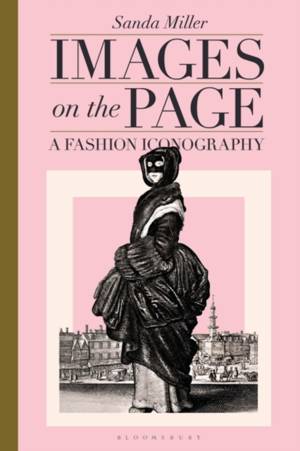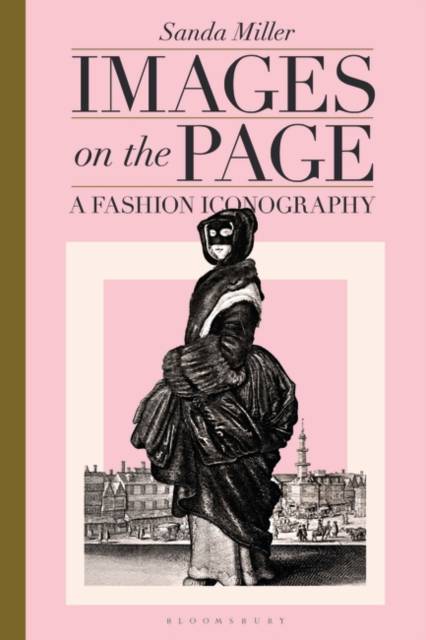
Je cadeautjes zeker op tijd in huis hebben voor de feestdagen? Kom langs in onze winkels en vind het perfecte geschenk!
- Afhalen na 1 uur in een winkel met voorraad
- Gratis thuislevering in België vanaf € 30
- Ruim aanbod met 7 miljoen producten
Je cadeautjes zeker op tijd in huis hebben voor de feestdagen? Kom langs in onze winkels en vind het perfecte geschenk!
- Afhalen na 1 uur in een winkel met voorraad
- Gratis thuislevering in België vanaf € 30
- Ruim aanbod met 7 miljoen producten
Zoeken
Omschrijving
Fashion imagery has existed for hundreds of years and yet the methods used by scholars to understand it have remained mostly historical and descriptive. The belief informing these approaches may be that fashion imagery is designed for one purpose: to depict a garment and how to wear it. In this interdisciplinary book, Sanda Miller suggests a radical alternative to these well-practiced approaches, proposing that fashion imagery has stories to tell and meanings to uncover. The methodology she has developed is an iconography of fashion imagery, based on the same theory which has been key to the History of Art for centuries.
Applying Panofsky's theory of iconography to illustrations from books, magazines and fashion plates, as well as fashion photography and even live fashion events, Miller uncovers three levels of meaning: descriptive, secondary (or conventional) and tertiary or 'symbolic'. In doing so, she answers questions such as who is the model; what did people wear and why; and how did people live? She proves that fashion imagery, far from being purely descriptive, is ripe with meaning and can be used to shed light on society, class, culture and the history of dress.
Applying Panofsky's theory of iconography to illustrations from books, magazines and fashion plates, as well as fashion photography and even live fashion events, Miller uncovers three levels of meaning: descriptive, secondary (or conventional) and tertiary or 'symbolic'. In doing so, she answers questions such as who is the model; what did people wear and why; and how did people live? She proves that fashion imagery, far from being purely descriptive, is ripe with meaning and can be used to shed light on society, class, culture and the history of dress.
Specificaties
Betrokkenen
- Auteur(s):
- Uitgeverij:
Inhoud
- Aantal bladzijden:
- 296
- Taal:
- Engels
Eigenschappen
- Productcode (EAN):
- 9781350216921
- Verschijningsdatum:
- 18/05/2023
- Uitvoering:
- Paperback
- Formaat:
- Trade paperback (VS)
- Afmetingen:
- 156 mm x 234 mm
- Gewicht:
- 421 g

Alleen bij Standaard Boekhandel
+ 135 punten op je klantenkaart van Standaard Boekhandel
Beoordelingen
We publiceren alleen reviews die voldoen aan de voorwaarden voor reviews. Bekijk onze voorwaarden voor reviews.









